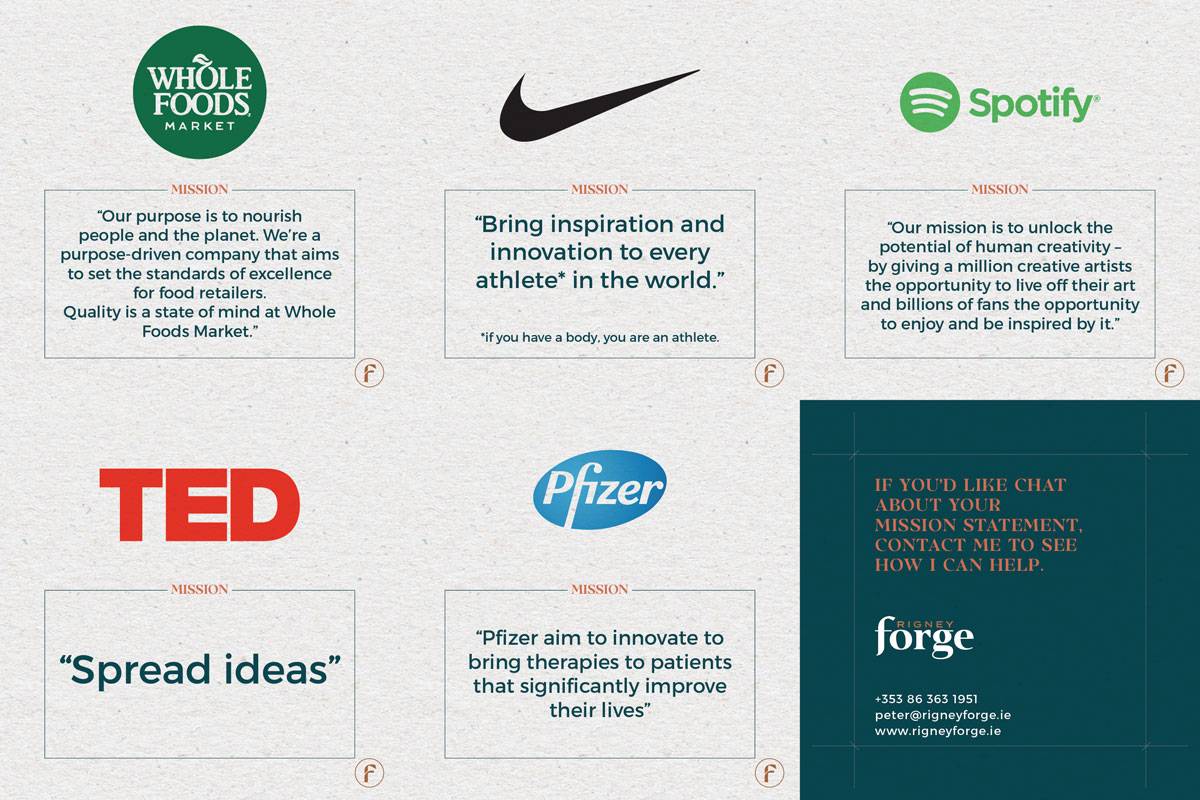When we work with a client to improve businesses and brands, a mission statement allows us to set a purpose. We develop the mission statement by asking questions like, ‘does this project support the business’s objectives?’ ‘If not, how can it be aligned?’
Simply put, a mission statement is why your business exists today. Even if it’s not spoken about, every company has one, sometimes it just takes the right questions to find it.
Why have one?
Not having it defined leaves your business’s purpose open to interpretation and can confuse your stakeholders, such as investors, partners, staff and customers.
Developing a mission statement will consolidate your company’s strategy, aligning stakeholders to propel your business into the future with a shared purpose. Staff can row in behind a clear direction and destination for the company, and customers can connect and relate to something they are inspired by or believe in.
And sometimes people get Mission and Vision confused, simply put:
Mission = Why you exist now.
Vision = What does the future look like for your business.
Here some examples from brands that express their mission nicely:
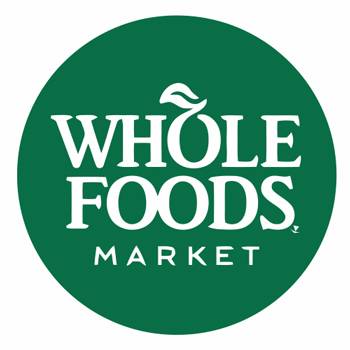 Wholefoods
Wholefoods
“Our purpose is to nourish people and the planet. We’re a purpose-driven company that aims to set the standards of excellence for food retailers.
Quality is a state of mind at Whole Foods Market.”
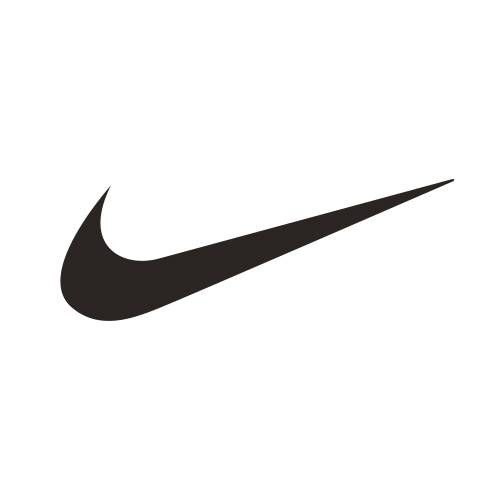 Nike
Nike
“Bring inspiration and innovation to every athlete* in the world.”
*if you have a body, you are an athlete.
 Spotify
Spotify
“Our mission is to unlock the potential of human creativity – by giving a million creative artists the opportunity to live off their art and billions of fans the opportunity to enjoy and be inspired by it.“
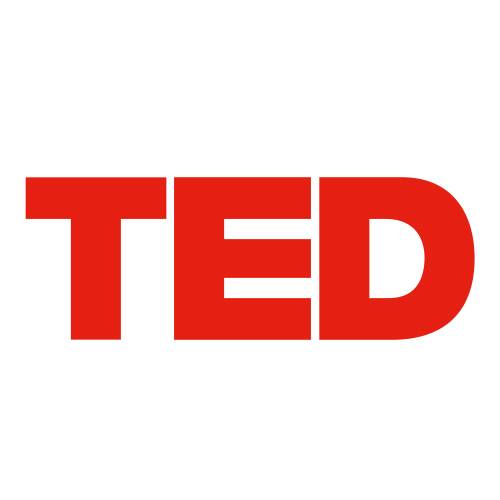 TED
TED
“Spread Ideas“
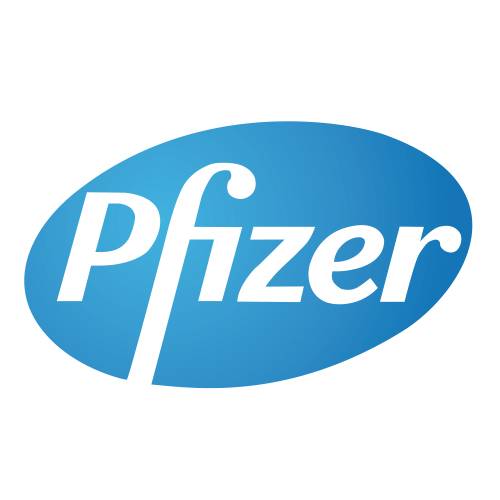 Pfizer
Pfizer
“Pfizer aim to innovate to bring therapies to patients that significantly improve their lives.”
